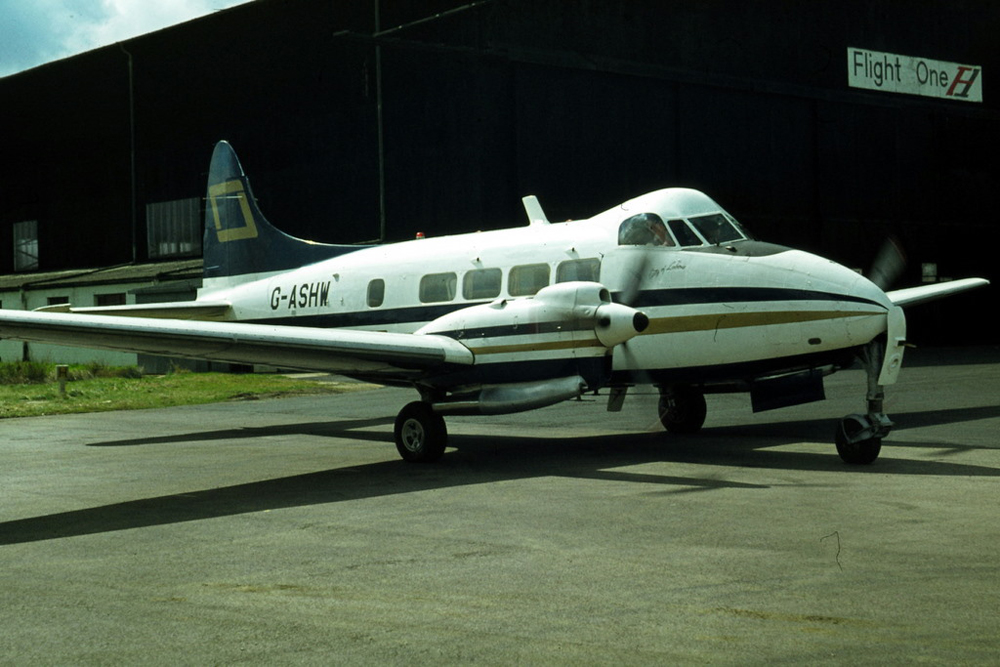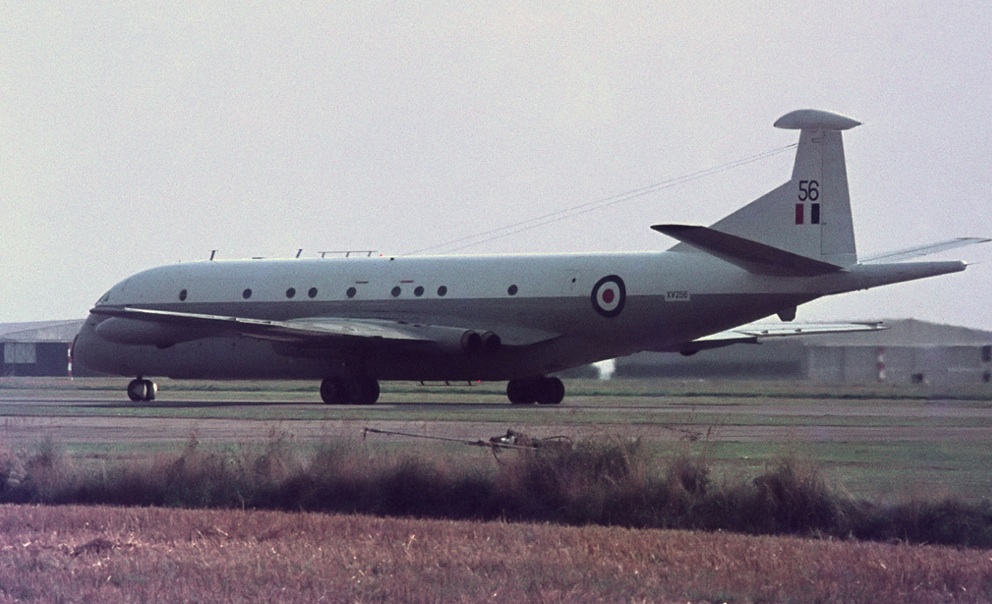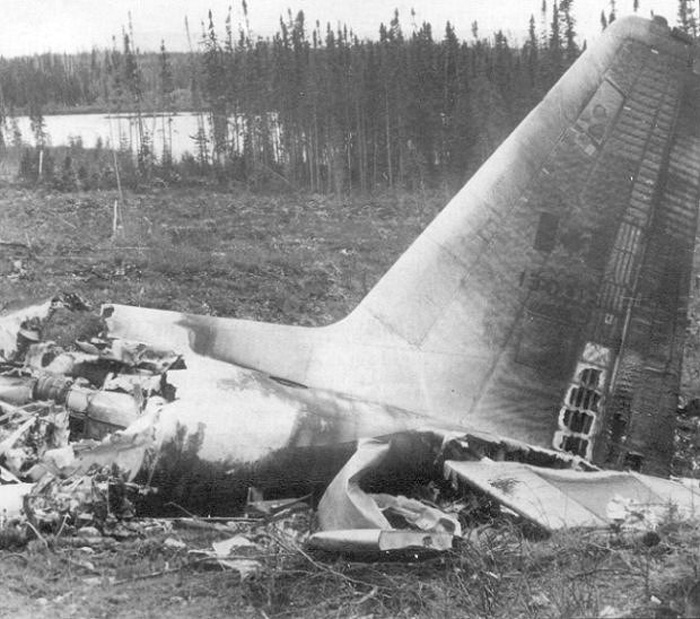Crash of a Lockheed C-130H Hercules in Gueltat Zemmour: 5 killed
Date & Time:
Oct 12, 1981
Registration:
CNA-OH
Survivors:
No
MSN:
4717
YOM:
1977
Crew on board:
5
Crew fatalities:
Pax on board:
0
Pax fatalities:
Other fatalities:
Total fatalities:
5
Circumstances:
The aircraft was engaged in a reconnaissance mission and taking part to the Battle of Gueltat Zemmour (13 to 29 October 1981), carrying five crew members. En route, the airplane was shot down by a surface-to-air missile and crashed near Gueltat Zemmour, bursting into flames. All five crew members were killed.
Probable cause:
It was determined that the airplane was shot down by a surface-to-air missile fired by soldiers from the Front Polisario.













